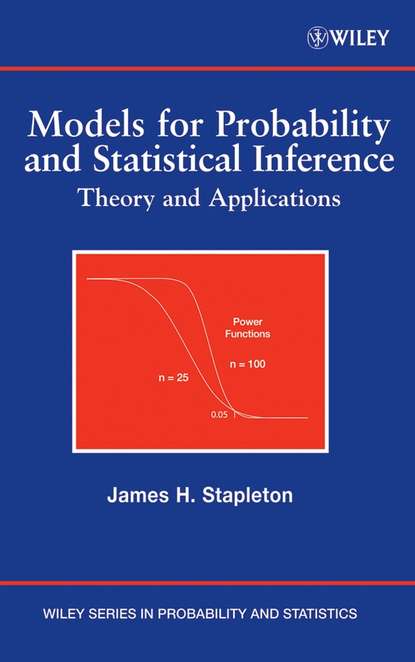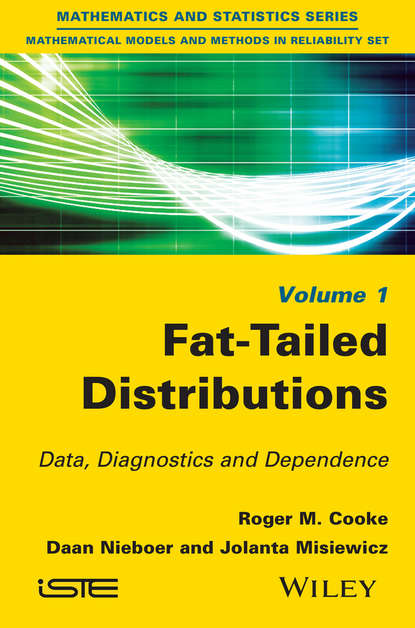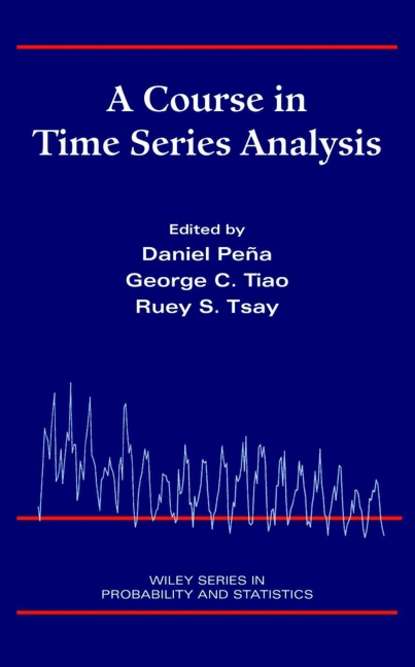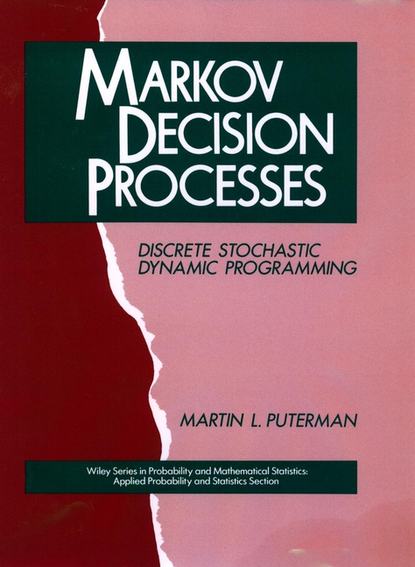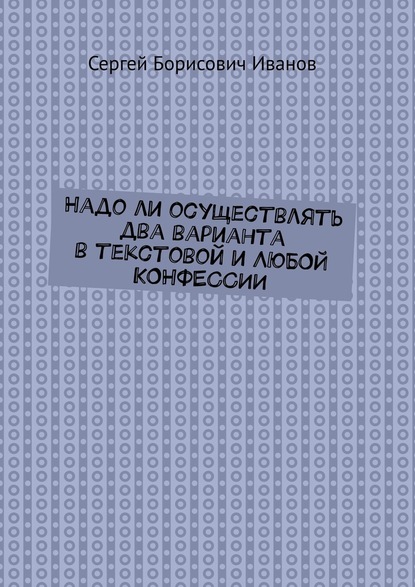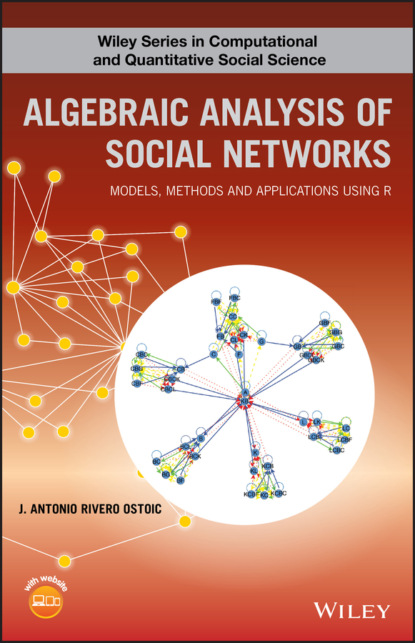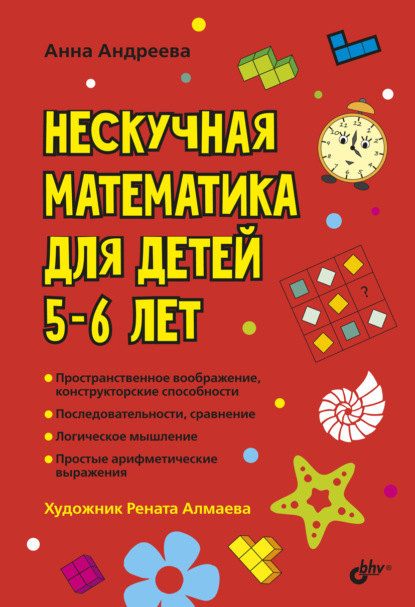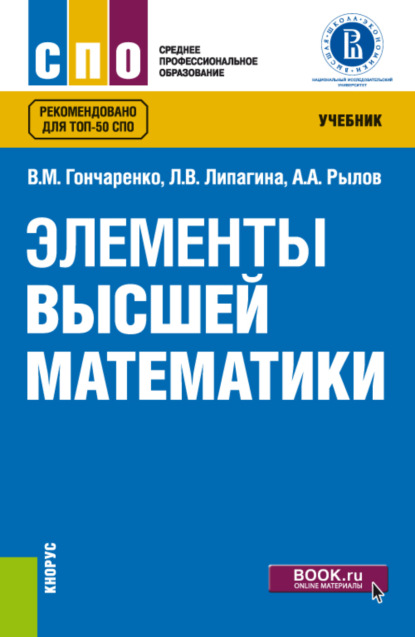"Models for Probability and Statistical Inference" - это книга, которая была написана за пять лет и является всеобъемлющим руководством по основам вероятности и статистического вывода. Она содержит теоретические материалы, необходимые для изучения более специализированных тем, таких как выборка, линейные модели, планирование экспериментов, статистические вычисления, анализ выживаемости и бутстрэп. Книга идеально подходит в качестве учебника для двухсеместрового курса по вероятности и статистическому выводу. В начале книги рассматриваются дискретные модели и случайные величины, дискретные распределения, включая биномиальное, гипергеометрическое, геометрическое и распределение Пуассона; непрерывные, нормальные, гамма и условные распределения; и теория пределов. Вторая половина книги посвящена статистическому выводу, начиная с обсуждения точечной оценки и затем охватывая надежность и доверительные интервалы. Другие темы, рассмотренные в книге, включают распределения, определенные в терминах многомерной нормальной, хи-квадрат, t- и F-распределений, одно- и двухвыборочный тест Вилкоксона, линейные модели с линейным подходом к проектированию пространства, и логистическую регрессию. Каждый раздел содержит набор задач разной сложности, а также выбранные ответы и доказательства почти всех утверждений. В книге также присутствует большое количество рисунков и графиков, а также полезные симуляции и графики, созданные с помощью статистического пакета S-Plus(r), чтобы помочь читателям лучше понять материал.
This concise yet thorough book features simulations and graphics to assist readers develop an intuitive understanding. Models for Probability & Statistical Inference covers the fundamental concepts of probability, demonstrating discrete and continuous systems by using the normal, binomial, geometric and Poisson distributions. Equally as important is the application of probability in statistical inference, employing point estimation, confidence intervals, multinomial distributions and logistic regression, among others. Separate sections address tests of significance including the Wilcoxon and Chi-square. Color graphics and simple examples enhance the reader’s experience. Statistical calculations are supported by applications of the S-PlusR program.
Электронная Книга «Models for Probability and Statistical Inference» написана автором Группа авторов в году.
Минимальный возраст читателя: 0
Язык: Английский
ISBN: 9780470183403
Описание книги от Группа авторов
This concise, yet thorough, book is enhanced with simulations and graphs to build the intuition of readers Models for Probability and Statistical Inference was written over a five-year period and serves as a comprehensive treatment of the fundamentals of probability and statistical inference. With detailed theoretical coverage found throughout the book, readers acquire the fundamentals needed to advance to more specialized topics, such as sampling, linear models, design of experiments, statistical computing, survival analysis, and bootstrapping. Ideal as a textbook for a two-semester sequence on probability and statistical inference, early chapters provide coverage on probability and include discussions of: discrete models and random variables; discrete distributions including binomial, hypergeometric, geometric, and Poisson; continuous, normal, gamma, and conditional distributions; and limit theory. Since limit theory is usually the most difficult topic for readers to master, the author thoroughly discusses modes of convergence of sequences of random variables, with special attention to convergence in distribution. The second half of the book addresses statistical inference, beginning with a discussion on point estimation and followed by coverage of consistency and confidence intervals. Further areas of exploration include: distributions defined in terms of the multivariate normal, chi-square, t, and F (central and non-central); the one- and two-sample Wilcoxon test, together with methods of estimation based on both; linear models with a linear space-projection approach; and logistic regression. Each section contains a set of problems ranging in difficulty from simple to more complex, and selected answers as well as proofs to almost all statements are provided. An abundant amount of figures in addition to helpful simulations and graphs produced by the statistical package S-Plus(r) are included to help build the intuition of readers.
